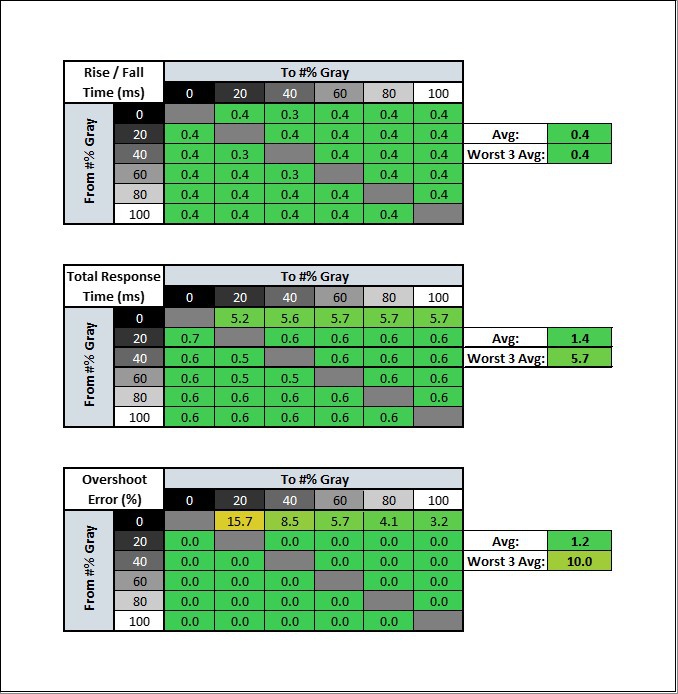
Fluid Action: Mastering Refresh Rate and Response Time
In the fast-paced world of displays, understanding the dynamics of refresh rate and response time is key to unlocking a seamless and responsive visual experience.
Refresh Rate Unveiled: The Pulse of Visuals
Refresh rate measures how many frames per second a display can render. Expressed in Hertz (Hz), a higher refresh rate translates to smoother motion on the screen. For gamers and enthusiasts, a high refresh rate is a game-changer, reducing motion blur and creating a more immersive experience. It’s like upgrading from a standard flipbook to a high-speed animation.
Gaming Bliss: The Impact of Refresh Rate
Gamers, in particular, rejoice at the prospect of high refresh rates. A 60Hz to 144Hz jump can make a noticeable difference in the fluidity of gameplay. The responsiveness of the display to every mouse movement or keypress becomes almost instantaneous, giving gamers a competitive edge where split-second decisions matter. Gaming setups that harness the prowess of high refresh rates are akin to a finely tuned sports car on a smooth racetrack.
Response Time Explored: The Need for Speed
Response time, on the other hand, measures how quickly a pixel can change from one color to another. It’s the metric that addresses the issue of motion blur and ghosting. A lower response time, typically measured in milliseconds (ms), ensures that pixels transition swiftly, reducing the smear effect during fast-paced movements. In essence, response time is the sprinter of display performance, ensuring each pixel keeps pace with the action.
The Quest for Low Response Times: A Pixel’s Journey
The pursuit of low response times is evident in the realm of gaming monitors. From 5ms to 1ms, manufacturers compete to deliver displays that can keep up with the most demanding gaming scenarios. This low response time becomes a critical factor in genres where rapid movements are the norm, such as first-person shooters or racing games. It’s the difference between a clear image of a fast-moving target and a blurry trail left behind.
Synergy in Action: Balancing Refresh Rate and Response Time
While refresh rate and response time are distinct metrics, their synergy is crucial for an optimal visual experience. A high refresh rate complements the swift transitions enabled by low response times. Together, they create a harmonious display that excels not only in gaming scenarios but also in everyday tasks, providing users with a display that’s responsive and visually pleasing.
Choosing Wisely: Considerations for Displays
When navigating the market for displays, whether for gaming or general use, understanding the balance between refresh rate and response time is paramount. It’s not a one-size-fits-all scenario; the ideal combination depends on individual preferences and use cases. For gamers, a display with a higher refresh rate and low response time is often the go-to choice, ensuring a competitive edge in the virtual battleground.
Revolutionizing Visuals: Refresh rate and response time at Your Fingertips
Enter the world of revolutionary displays where refresh rate and response time take center stage. Whether you’re a gamer seeking the ultimate responsiveness or a content creator craving fluid visuals, the marriage of these two metrics opens the door to a realm where every frame is a masterpiece. Embrace the fluid action, where each pixel dances to the rhythm of a display designed for unparalleled visual delight.